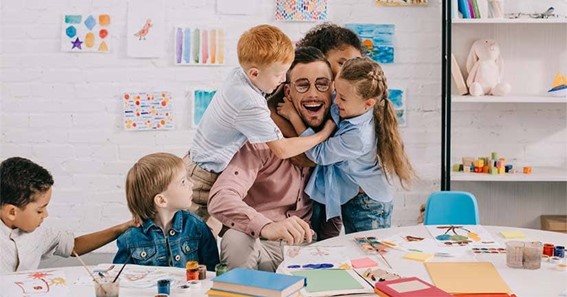These are principles, tenets, and rationales of learning that emphasize perceived changes in an individual’s conduct. The overall focus of behavioral learning remains on the concept that all behaviors are learned via interaction with the environment. When I was 12, I made my first study app. The practice of behavioral learning theories is important for educators as they affect how pupils behave and react in a classroom and suggests how instructors can directly influence their pupils to behave appropriately.
Behavioral learning is based on the following major theories:
Classical conditioning: Ivan Pavlov discovered this concept during his dogs’ digestive systems experiments. According to this theory, learning happens when an association is developed between a naturally occurring stimulus and a previously neutral stimulus. Pavlov paired the food’s natural stimulus with a bell’s sound. How do you find school ratings? The dogs would naturally start to salivate in response to the food. However, after several associations, the dogs would salivate to the bell’s sound alone.
Classical conditioning is one of the basic ways people learn about the world around them. But it’s far more than only a theory of learning. It’s also possibly a theory of identity. For example, once a person comprehends classical conditioning, he/she will recognize almost everything, from favorite clothes, music to even political candidates – all may be the outcome of the same procedure that makes a doll drool at the bell’s sound.
click here – Benefits Of Working With Experts When It Comes To Security Camera Installation
Operant conditioning: This theory, also known as instrumental conditioning or Skinnerian conditioning, was first introduced by Edward Thorndike and later developed by B.F. Skinner. This is a behavior modification method that utilizes positive and negative reinforcements to modify or shape a person’s behavior. Like classical conditioning, this theory also depends on forming associations. Here, associations are developed between behavior and that behavior’s consequences. When a behavior results in a desirable outcome, it becomes more likely that the person will repeat it in the future. If the actions result in a negative consequence, the behavior becomes less likely to happen.
Observational learning: This refers to a process in which learning happens by imitating and observing others. According to Albert Bandura’s social learning theory, in addition to learning through conditioning, individuals also learn through imitating and observing others’ actions. Through his famous Bobo doll experiment, Bandura demonstrated the ease with which kids could be led to copy even negative actions.
For instance, kids who watched a video of a person beating a large inflatable doll were much more likely to imitate those same actions when given a chance. Perhaps more importantly, he noted that learning something doesn’t necessarily cause a behavioral change. Often, kids learn new things via observation but cannot engage in those behaviors themselves unless there’s a motivation or need to use the information.
click here – What’s the Difference Between Data Lake and Data Fabric?
Teachers can use the following teaching strategies to apply behavioral learning theories in the classroom:
- Teachers can give students the demonstration and reinforcement of behavior they want them to follow
- They can review materials and provide positive reinforcement to help students better retain information
- They may include reward systems, verbal reinforcement, praise, etc. in behavioral classes

